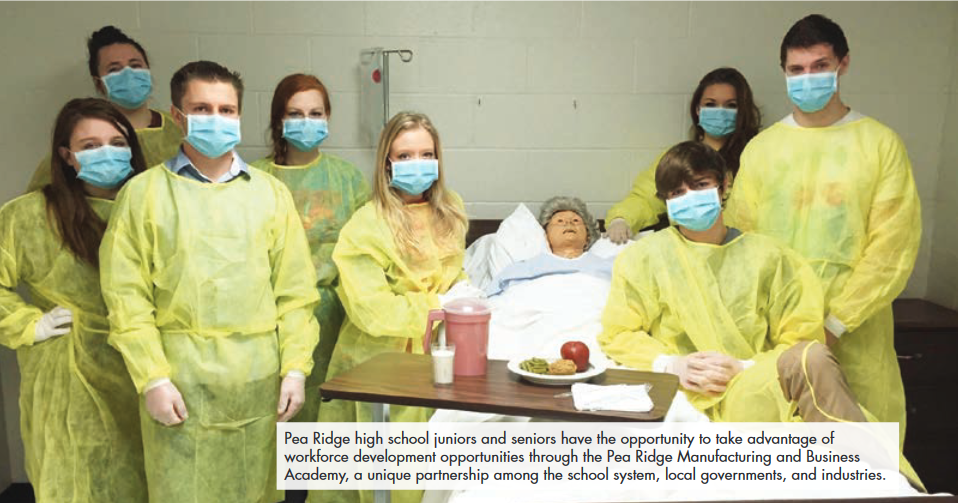Is your community planning something big to celebrate the 2024 Eclipse? See this message below from the folks at Arkansas Tourism offering assistance ordering eclipse glasses at a reduced price.
Industry Partners,
We’re getting ready, are you? Arkansas could see record-breaking visitation for the Great North American Eclipse taking place April 8, 2024. The Arkansas tourism industry has been learning about and planning for this exciting event since 2017 – now is the time to start acting.
Arkansas Tourism and the Arkansas Hospitality Association have partnered to provide quality eclipse viewing glasses to the industry at a reduced price. These glasses will comply with the ISO 12312-2 international safety standard for filters for direct viewing of the sun.
To show your interest in ordering eclipse glasses, fill out this Google Form. Include the organization’s name, contact information and the number of eclipse glasses you’d be interested in purchasing. This is not the formal order yet, but is our last call to the industry to express your interest in placing an order.
Please complete the form by Wednesday, February 15, 2023.
To start preparing for the eclipse right now, fill out the Google Form. Make sure you’re prepared to help your future guests view this once in a lifetime experience with eclipse viewing glasses!
For more information, email Kim Williams, eclipse project manager, at kim.williams@arkansas.gov or call her at 870-295-2005.
To learn more about the big event visit arkansas.com/eclipse.





